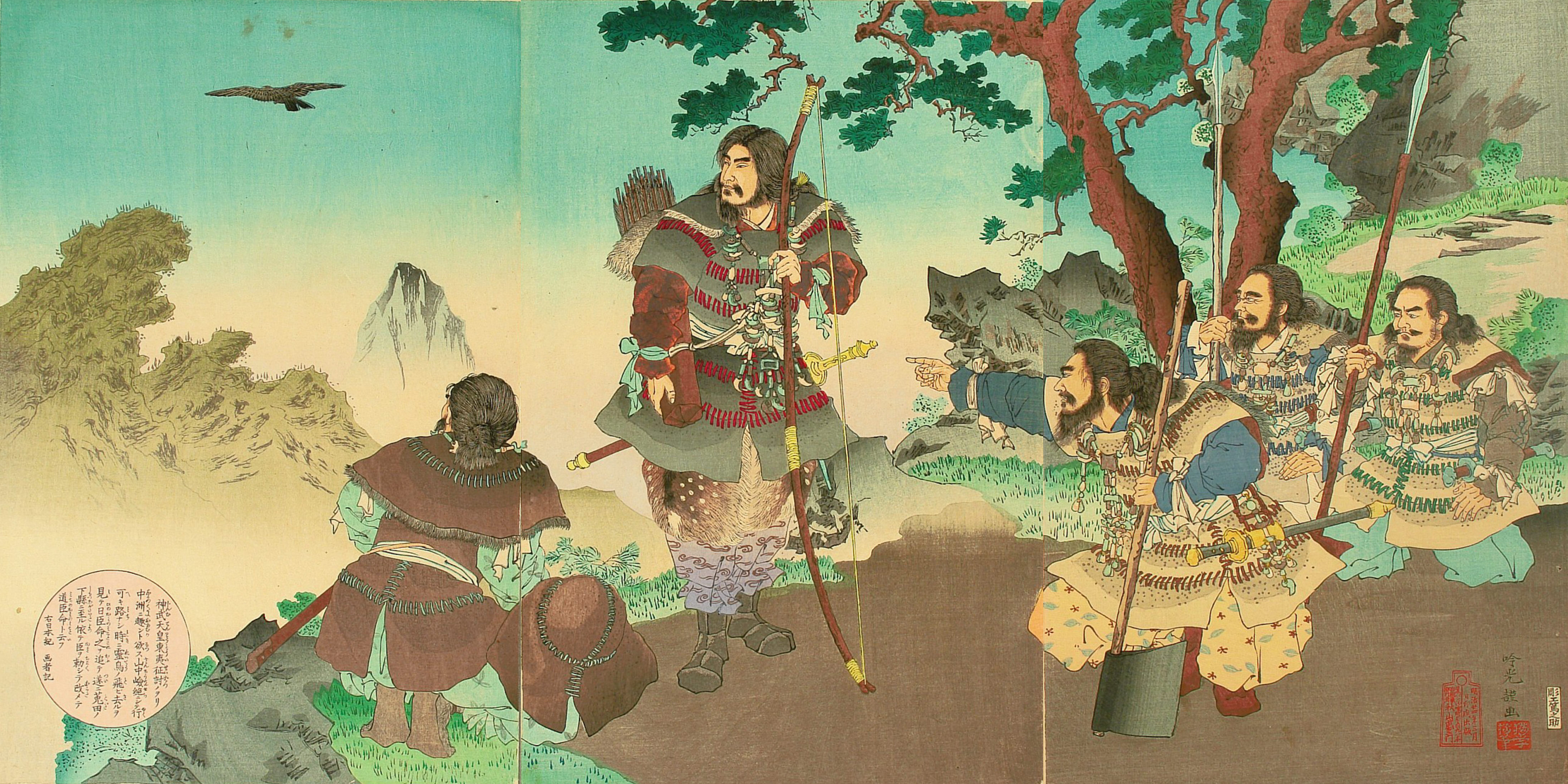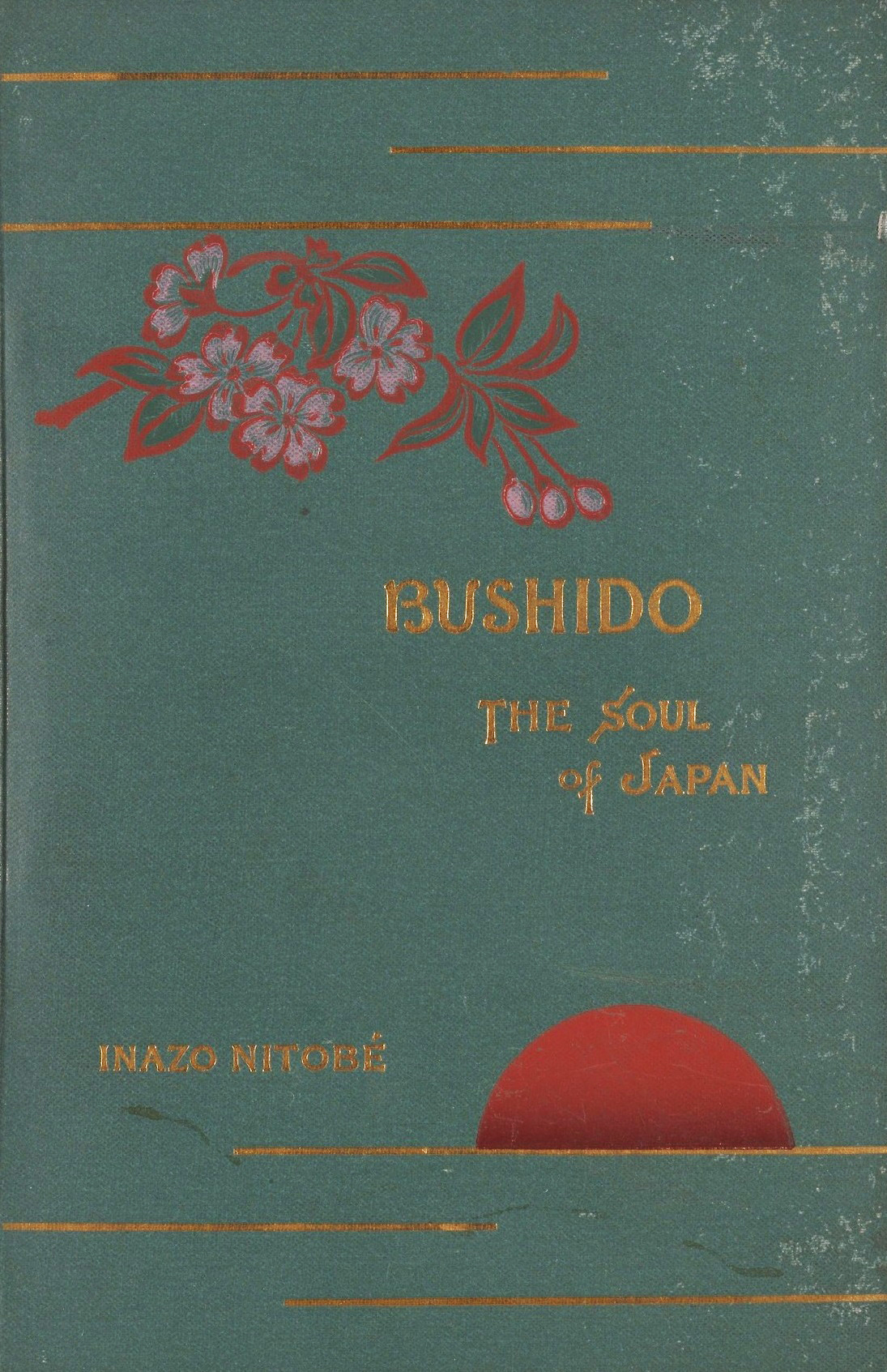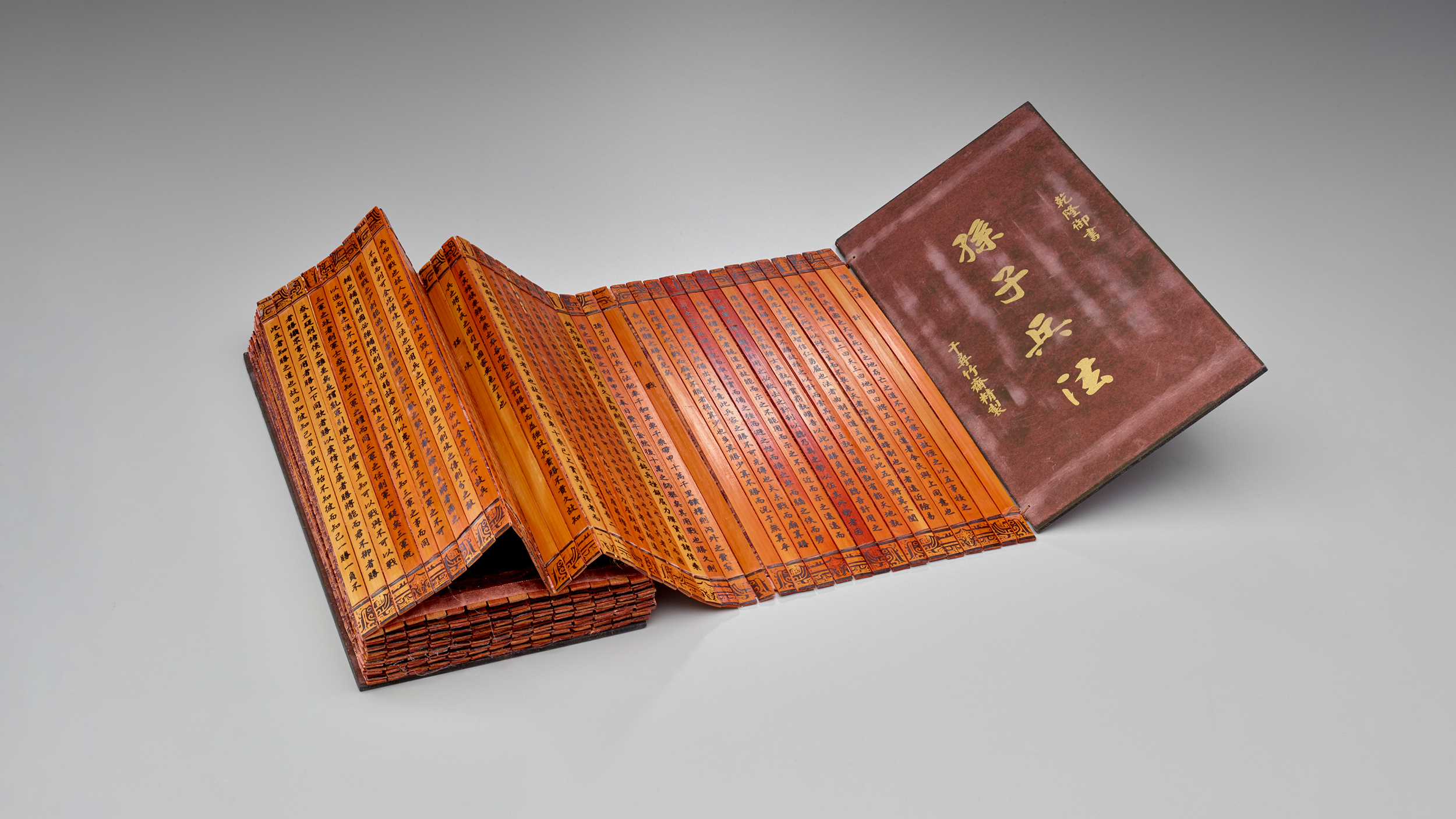6 books that shaped Japanese philosophy

- Several of the most important texts in the history of Japanese philosophy were not works of philosophy at all.
- The major traditions in Japanese philosophy are Buddhism, Confucianism, Bushidō, and 20th-century European philosophy.
- What unifies them all is how the Japanese didn’t reject intellectual imports and instead fit them into the philosophies they already had.
Picking a few books to characterize an entire intellectual tradition is tough. That’s because, in my view, history isn’t driven by “great men” like the 19th-century historian Thomas Carlyle thought. On the contrary, history is the product of many social, economic, political, cultural, environmental, and military forces, as well as completely arbitrary ones that defy categorization. The same is true of intellectual history: At times, we can identify certain works that have had a particularly great impact, like the Bible in the West or the Confucian Analects in the East, but it would be silly to say that they wholly defined the intellectual history of a world region.
The other problem with identifying some books that shaped Japanese thought is that we must first work out what shape Japanese thought has. Some think there is no such thing as Japanese philosophy, in part because lots of it was imported from China. In fact, at least three of the five books on Scotty Hendricks’ Big Think list of books that shaped Chinese thought could be included on my list as well.
Many who think that there is such a thing as Japanese philosophy argue that what makes it distinctive is its syncretic character — i.e. opposing theories are combined rather than rejecting one for another. The books I have chosen as shaping Japanese thought are characteristic of this syncretism. They’re also foundational texts of different traditions within Japanese intellectual history, such as Buddhism and Bushidō.
Prince Shōtoku’s Seventeen-Article Constitution (604)
Right from the outset, I’m cheating a little in my choice of philosophy books because the Shōtoku Constitution isn’t really a work of “philosophy.” Nor, for that matter, is it a “constitution” either. As the 20th-century historian James Murdoch described it in his history of Japan, it’s “nothing but a jumble of old and out-worn moral platitudes.”
The reason I’ve put it at the beginning of my list is the same reason why it’s put at the beginning of the history of Japanese philosophy by intellectual historians like Thomas P. Kasulis, James W. Heisig, John C. Maraldo, H. Gene Blocker, and Christopher L. Starling: Not only is it the first written document in Japanese history, but it’s also the first example of syncretism.
The Shōtoku Constitution was (allegedly) written at a time when Japan had just come out of a civil war where the dispute was partly one between Buddhism and the native animistic spirituality called Shintō. Rather than siding with one of these religions, the Shōtoku Constitution combines both together, asserting the importance of Buddhist religiosity and respect for Shintō principles. It serves as the foundation for the syncretism of Shintō and Buddhism (shinbutsu-shūgō) that would come to be a core aspect of Japanese culture.
Kojiki (712) and Nihonshoki (720)
Although two different texts, the Kojiki (Record of Ancient Matters)and Nihonshoki (Chronicles of Japan) tell largely the same story. Both works of history, they begin with a story of the creation of the Japanese archipelago called the “ki-ki myth” and go on to recount Japanese history from around the 7th century BCE through to the 8th century ACE, becoming increasingly historically accurate (i.e. less pseudohistorical or mythical) in their accounts of later centuries.
At the time of their compilation in the 8th century, the texts didn’t really have much philosophical relevance, not least because they aren’t supposed to be works of philosophy (it’s in the Nihonshoki, by the way, that the Shōtoku Constitution is recorded). A thousand years later, however, in the early 18th century, a movement called Native Studies gave the texts, particularly the ki-ki myth, renewed importance — this time of a philosophical kind.

Scholars like Kada no Azumamaro, Kamo no Mabuchi, Motoori Norinaga, and Hirata Atsutane — the “Four Great Men of Native Studies” — reinvigorated the Kojiki and Nihonshoki. They believed that Japan had become too Chinese, and they absolutely hated things Chinese. It was in these foundational texts that they found the “Japanese heart.”
These texts took on another philosophical dimension in the late 19th and early 20th centuries with the establishment of State Shintō (spirituality turned ideocracy in Imperial Japan) because it was the ki-ki myth that demonstrated that the Japanese imperial household was descended from the gods — Amaterasu, goddess of the sun, being the progenitrix of the imperial line. The ki-ki myth was also cited as evidence of Japanese supremacy, until Japan’s defeat in WWII when Emperor Hirohito was forced by the Allies to sign the Constitution of Japan, which asserted in its first article that the emperor’s power comes not from his divine providence but “from the will of the people with whom resides sovereign power.”
Kūkai’s Treatise on the Secret Mandala of the Ten States of Mind (830)
At the beginning of the 9th century, when the Buddhist Phase of Japanese intellectual history was just kicking off, two monks — Saichō and Kūkai — returned from China, bringing back to Japan with them Tendai and Shingon Buddhism.
Buddhism was not new to Japan. It had first arrived from Korea in the middle of the 6th century and had firmly taken root in Japan by the Nara Period (710-194) during which time Japanese Buddhism was characterized by the Six Nara Schools, all of which had a base in the capital city of Nara, had close connections with the aristocracy, and functioned somewhat like a religious, intellectual, and literary academy. It doesn’t matter what those six schools were; all that matters is that Shingon and Tendai weren’t part of them — they were intellectual outcasts.
Part of the reason for this is that Shingon and Tendai had something in common that massively distinguished them from the Six Nara Schools: they were both schools of esoteric Buddhism, whereas the established academy was entirely exoteric. The difference between them is mainly in the way that practitioners aim to achieve enlightenment: exotericism tends to involve intellectual exercises like the study of literature; esotericism involves more ‘spiritual’ practices like chanting mantras. In Kūkai’s opinion, esotericism had much greater access to truth and reality than exotericism.
In his Treatise on the Secret Mandala of the Ten States of Mind, he ranks ten mindsets that correspond to different philosophies, with Confucianism near the bottom, Buddhism further up, and esoteric Buddhism at the very top. Though Kūkai had placed his own school of Shingon Buddhism (unsurprisingly) at the top of his list, it would ultimately prove a lot less successful than Saichō’s Tendai sect which would dominate intellectual life, and even have enormous sway over politics, for centuries to come. Like Shingon, Tendai was esoteric and, thanks to its influence, Japanese Buddhism for the next thousand years would be esoteric too.
Inazo Nitobe’s Bushido: The Soul of Japan (1899)
It was in the Sengoku Period (1467-1615) that Bushidō, or “the way of the warrior,” was systematized — though it’s a point of contention to what extent it ever really was a proper system or code of thought, and historians like Michael Wert trace the kind of thought characteristic of Bushidō back to at least the Genpei War (1180-1185). Throughout the Tokugawa Period (1603-1868), more foundational texts were produced, such as Miyamoto Musashi’s Book of Five Rings (1645) and Yamamoto Tsunetomo’s Hagakure (1716), but it is widely agreed upon that it was Inazo Nitobe who formalized Bushidō, what he called the “soul of Japan” — and in a book written in English no less (it was ten years before it was translated into Japanese)!

Nitobe associated Bushidō with seven virtues: rectitude, courage, benevolence, politeness, sincerity, honor, and loyalty. He compared it to Homeric values and medieval chivalry, which he considered European analogs of Bushidō. The idea Nitobe had in mind was actually a complete myth and didn’t represent the actual practices of premodern samurai, but it was his romanticized idea of Bushidō (sometimes called “Meiji Bushidō”) that permeated Japanese society in the 20th century and which came to be adopted by the Imperial Japanese Armed Forces.
Nishida Kitarō’s Inquiry into the Good (1911)
20th-century Japan was centered on what looked like one massive contradiction. On the one hand, they were fiercely nationalistic, rejecting anything foreign. At the same time, they sent their academics off to Europe to study with foreign academics and bring back to Japan with them modern European knowledge and technologies. Philosophy was one of the things that the Japanese brought back and seemingly accepted with open arms.
It was Nishida Kitarō who fathered modern Japanese philosophy by Japanizing this new intellectual import: A Zen Buddhist, he synthesized European philosophy (particularly German idealism) with Zen. The chief result was the concept of “absolute nothingness,” and it was around this concept that the Kyoto School — Japan’s most prominent contribution to world philosophy — was formed.
Nishida (thanks to his Zen predilections) didn’t like the dualisms of which the world is full: hot and cold, left and right, up and down, me and you, existence and non-existence. Like a true (Mahayana) Buddhist, he thought that everything is, at bottom, one. Absolute nothingness is that place before duality: it’s the world as it really is, both existing and not existing, actual and potential. By thinking — that is, intellectualizing — we chop absolute nothingness into bits and pieces to make the world dualistic, which is not how the world is. How to reach this state of absolute nothingness was one of the principal questions around which modern Japanese philosophy was organized.





